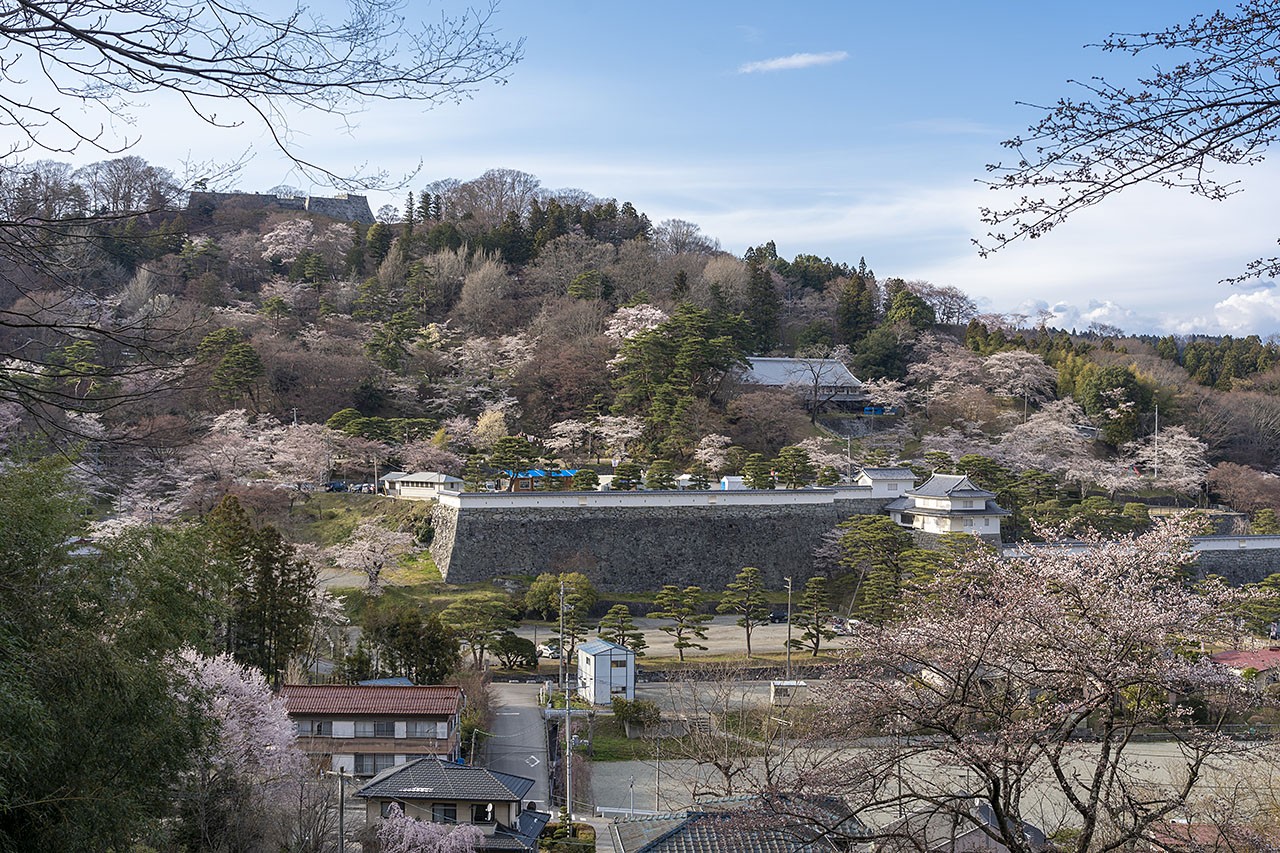
"Fukushima Prefecture", located in the southernmost part of the Tohoku region, is famous for "Aizu Wakamatsu Castle" (called Tsurugajo Castle by the locals), which has an impressive cherry-colored tiled roof on a white castle wall, in addition to "Ouchi-juku," one of Japan's three major thatched roof villages. There are 3 castles in Fukushima Prefecture that are considered as one of the "Japan's Top 100 Castles". Aizu Wakamatsu Castle, Shirakawa Komine Castle and this time's protagonist "Nihonmatsu Castle".
One of the Japan's Top 100 Castles "Nihonmatsu Castle"
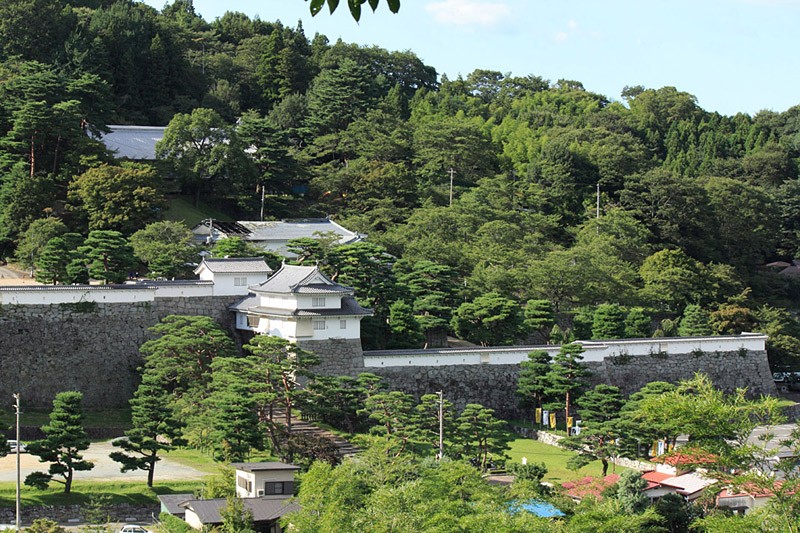
"Nihonmatsu Castle" (二本松城 / Nihonmatsu-jo - literally means Two Pine Trees Castle) is located in Nihonmatsu City in between Fukushima City and Koriyama City. It is said that this place name was changed to Nihonmatsu because two pine trees of the nearby "Shionomatsu Castle" (四本松城 / Shionomatsu-jo - Four Pine Trees Castle) were transplanted to this place.
Nihonmatsu Castle is also known as Kasumigajo Castle, and is also known as Shirahata Castle because it was built at Shirahatagamine Ridge. It is a Hirayama Castle (平山城 / Hirayamajiro - castle built on rather flatland instead of on the hills) and not only it was selected as one of the "Japan's Top 100 Castles", but the site of Nihonmatsu Castle is also a nationally designated historic site as "Kasumigajo Park" (霞ヶ城公園 / Kasumigajo Koen). Approximately 2,500 cherry trees are planted in "Kasumigajo Park", which has been selected as one of the "Japan's Top 100 Cherry Blossom Spots".
A castle of strange fate
Nihonmatsu Castle has beautiful cherry blossoms, but its history was not as gorgeous as its flowers.
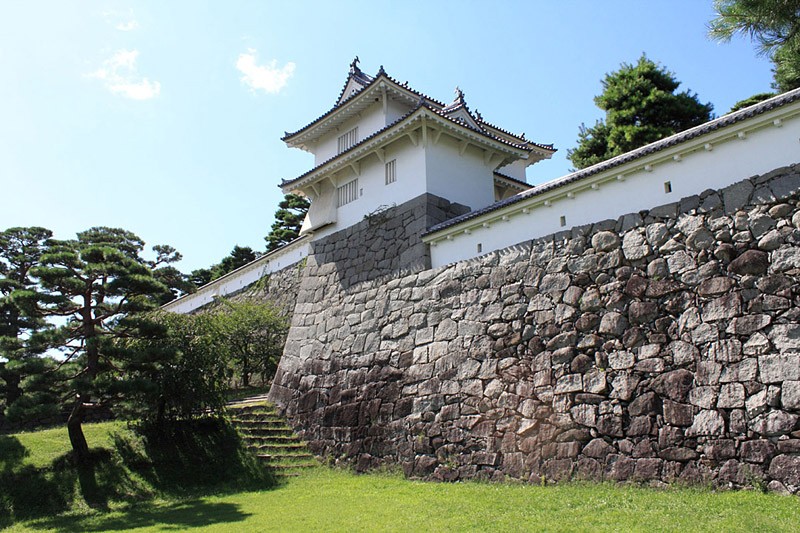
The history of Nihonmatsu Castle goes back to the Muromachi period (1336-1573), when the castle was built by Hatakeyama Mitsuyasu (畠山満泰), the 4th feudal lord of Nihonmatsu Hatakeyama. There are two theories about the year of construction, one is 1414 and another is between 1441-1443. After the castle was built, it was inherited as the residence of Hatakeyama clan until the 7th generation. In 1586, it was attacked by the Tohoku's famous general Date Masamune (伊達政宗) and fell. Nihonmatsu Castle was then became under the control of Sendai and Date clan. Since then, it has been ruled by Gamo clan and Uesugi clan.
The current spectacular ruins of the castle are due to a large-scale renovation carried out over 10 years by Niwa Mitsushige (丹羽光重 - took over in 1643). With this renovation, the cityscape of the castle town of Nihonmatsu has been enhanced, and Niwa clan's rule has lasted for 200 years. Niwa clan's reign was the castle's longest and last lord.
The tragedy of the Nihonmatsu Shonentai

In the 1868 Boshin War, several feudal lords such as the Nihonmatsu Domain and the Aizu Domain fought at the forefront and formed the "Ouetsu-Reppan Alliance" (奥羽越列藩同盟 / Ouetsu reppan domei) to oppose the Meiji Restoration Government Army. Among the "Ouetsu Reppan Alliance", the "Nihonmatsu Shonentai" (二本松少年隊 - Nihonmatsu Youth Corps) is a boy corps gathered in the Battle of Nihonmatsu. Like Byakkotai (白虎隊) in Aizu-Wakamatsu, all the members are boys under the age of 18. However, the average age of the Nihonmatsu Shonentai was even lower than that of Byakkotai - the youngest member was only 12 years old.
On the morning of July 29, 1868, the new government forces invaded Nihonmatsu Castle. With only about 1,000 troops in the castle, it fell in just half a day, no match for the new government troops with about 7,000 troops. In this Battle of Nihonmatsu, most of the castle, including the Minowamon Gate (箕輪門), was burned down, and 14 innocent boys died. This battle also appeared in the 2013 NHK Taiga drama "Yae no Sakura" (八重の桜).
Spring's cherry blossoms and autumn's chrysanthemums reaching full bloom in Nihonmatsu Castle

After many turmoil, the Minowa Gate that once burnt down was rebuilt and is now a beautiful castle in all four seasons. Cherry blossoms and chrysanthemums are especially famous, and they show a gorgeous appearance during the season.

Nihonmatsu Castle is also acknowledged as "Kasumigajo Park" where about 2,500 cherry trees reach full bloom in spring. Due to the height difference of the terrain, cherry blossoms surround the walls add gorgeous colors to the solid stone walls. "Kasumigajo Park" is also a cherry blossom viewing spot for locals and is one of the "Japan's Top 100 Cherry Blossom Spots". There is no admission fee and there is no time limit for admission, so locals can always enjoy the beautiful scenery and spend a relaxing time.

Every autumn, from October to late November, an event called "Nihonmatsu no Kiku Ningyo" (二本松の菊人形 - Nihonmatsu Chrysanthemum Dolls) is held at Nihonmatsu Castle. Chrysanthemums have been specially loved in Nihonmatsu for hundreds of years. From the early Showa period (1926-1989), chrysanthemum figures have been displayed in the city by local residents,. In 1955, the passion for chrysanthemums changed into holding a chrysanthemum festival, and had become the beginning of the "Nihonmatsu no Kiku Ningyo" that continues to this day.
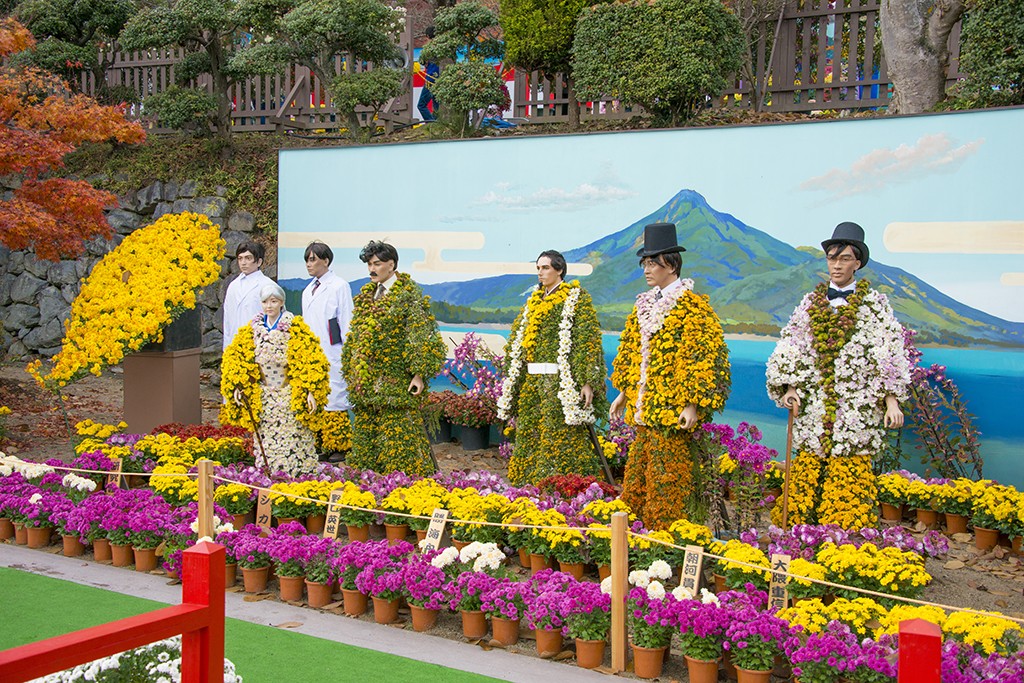
In the current "Nihonmatsu no Kiku Ningyo", the dolls and the stage are decorated with many chrysanthemums. In addition, a chrysanthemum fair is also held. Nihonmatsu is packed with tourists every year as one of the Japan's largest chrysanthemum festivals. (Admission fee will be charged for Nihonmatsu no Kiku Ningyo.)
Tourist Information
- Spot name: Kasumigajo Park (Nihonmatsu Castle Ruins)
- Address: 3 Kakunai, Nihonmatsu City, Fukushima Prefecture
- Access: Approximately 20 minutes on foot from JR Nihonmatsu Station
- Opening hours: 24 hours

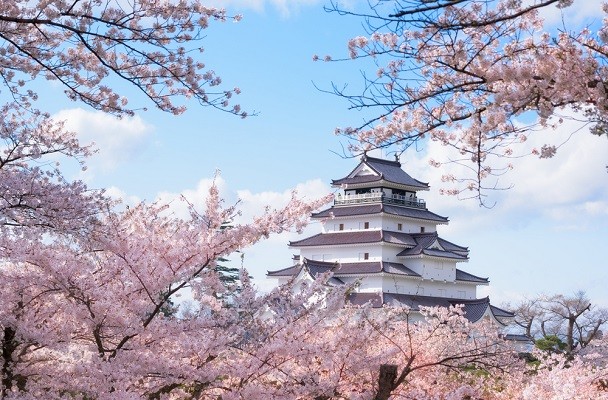

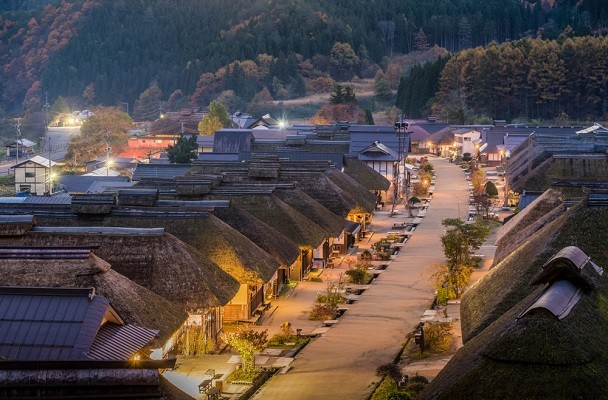
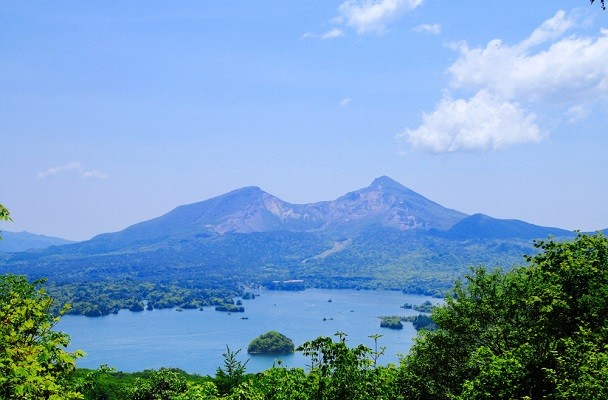
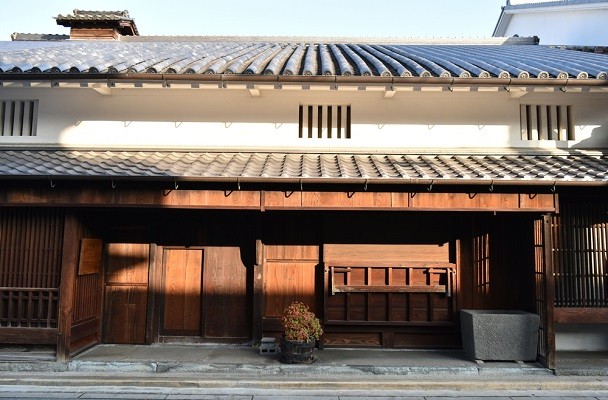
Comments